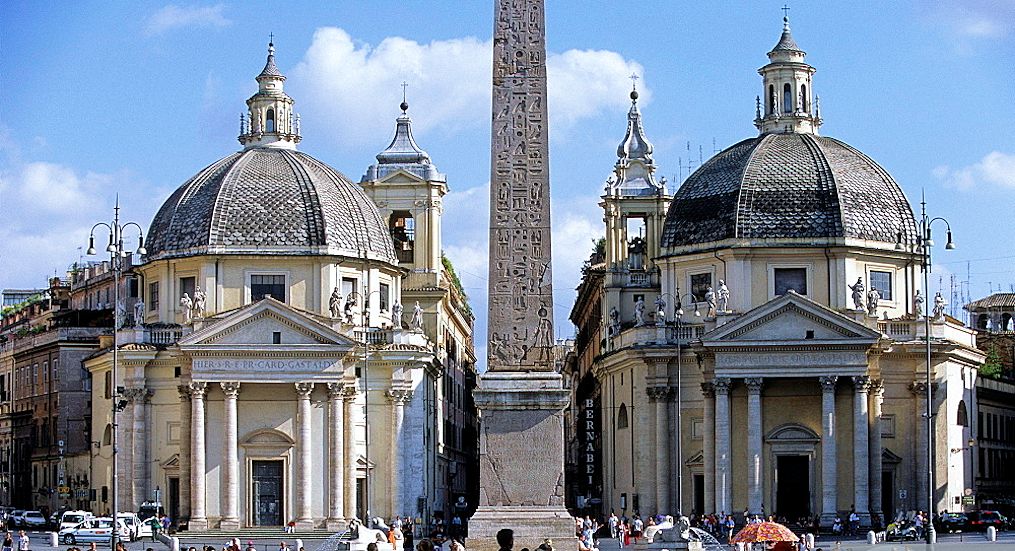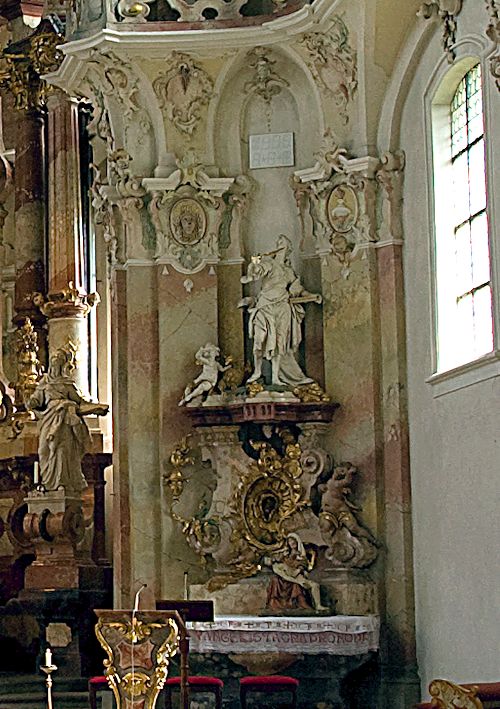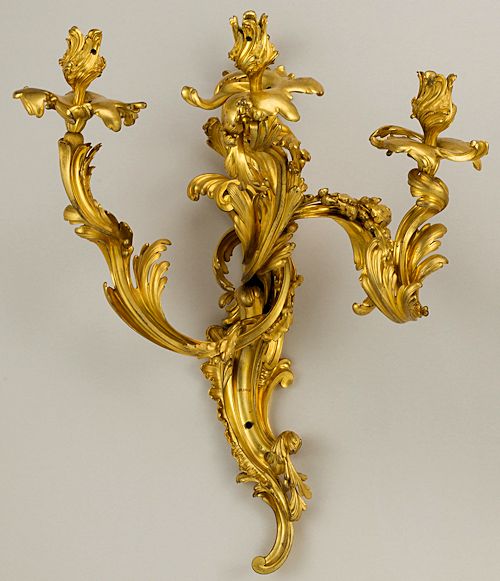the philadelphia school, deterritorialized | junkyard plus ultra |
|
|
At the scale of the town, inflection can come from the position of elements which are in themselves uninflected. In the Piazza del Popolo the domes of the twin churches confirm each building as a separate whole, but their single towers, symmetrical themselves, become inflective because of their asymmetrical positions on each church. In the context of the piazza each building is a fragment of a greater whole and a part of a gateway to the Corso. At the smaller scale of Palladio's Villa Zeno the asymmetrical positions of the symmetrical arched openings cause the end pavilions to inflect toward the center, thus enforcing the symmetry of the whole composition. This kind of inflection of asymmetrical ornament within a symmetrical whole is a dominant motif in Rococo architecture. For example, on the side altars at Birnau, and on the characteristic pairs of sconces, or andirons, doors, or other elements, the inflection of the rocaille is part of an asymmetry within a larger symmetry that exaggerates the unity yet creates a tension in the whole.
|
|
www.quondam.com/40/4041j.htm | Quondam © 2020.04.10 |



